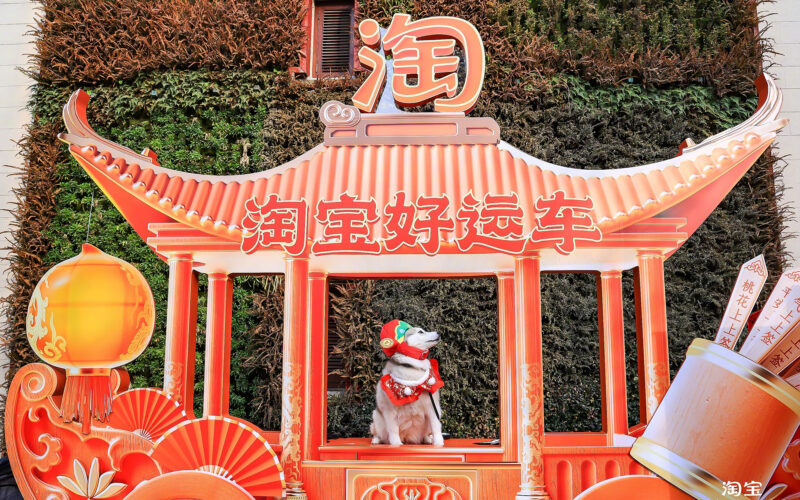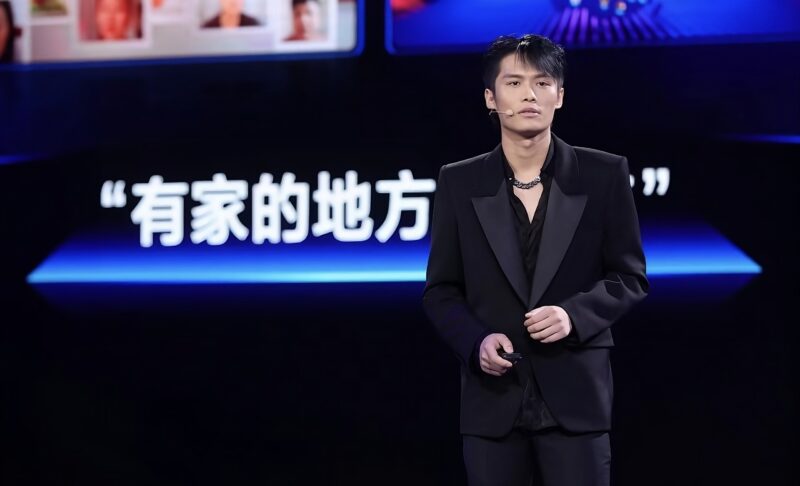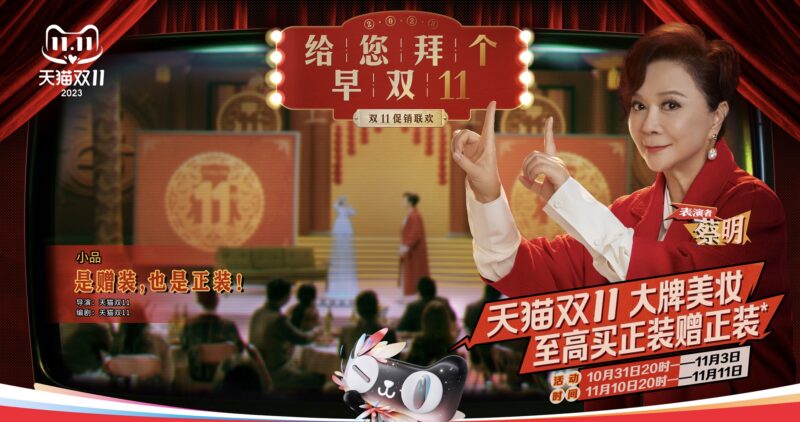Key Takeaways
- For its latest Super Category Day promotional event, the e-commerce platform Tmall chose to spotlight a social media-driven fashion trend called “New Chinese Style”.
- This subdivision of guochao, or “China chic”, is a fusion of modern fashion and historical Chinese design elements from different eras.
- The e-commerce giant structured the campaign around 4 distinct looks of New Chinese Style – Classic, Intellectual, Avant-garde, and Dragon – to showcase the trend’s customizability.
Tmall’s multi-annual Super Category Day is a chance for the e-commerce giant to spotlight one product type or shopping theme, offering discounts to customers on this one theme for a limited time only. To celebrate the arrival of the Year of the Dragon, New Chinese Style fashion was the theme for the most recent Super Category Day, with a 20% discount available to shoppers who spent 200 RMB or more on the category between January 10-12. So what is New Chinese Style? And why did Tmall choose to spotlight it for its most recent Super Category Day?
The Rise of New Chinese Style
Tmall’s campaign slogan was “When national style (guofeng) revives, New Chinese Style will surge”, with the possible implication that the year ahead will see a kind of comeback for heritage-centric trends. In truth, national style never really died out. Since first being coined around a decade ago, guochao and its variations have barely had a moment out of the limelight. It has endured as a fundamental cultural shift in how Chinese consumers view themselves. But its manifestation has evolved.
For a long time, guochao meant supporting Chinese brands like Li Ning and Huawei over their Western counterparts – doing your bit for the nation using your power as a consumer. But as China’s Gen Z has become the dominant consumer group, they have supplanted this with a greater emphasis on self-expression: how can I honour Chinese heritage in a way that is unique to me? Thus, “New Chinese Style” was born (circa 2021).
New Chinese Style fashion has become virtually inescapable on Xiaohongshu feeds
As a quick search for New Chinese Style (新中式) on the lifestyle-sharing platform Xiaohongshu shows, the prefix can apply to virtually any trendy product category, from coffee to makeup and everything in between. But the concept took root in fashion (particularly womenswear), and it is in the social media fashion landscape that its creativity truly shines. Designers and fashion influencers have become incredibly adept at finding ways to bring traditional Chinese elements, whether it be hanfu or qipao, into outfits that are chic, sophisticated, and genuinely wearable in modern life.
It has now gone far beyond an emerging trend to hit the mainstream and has become virtually inescapable in the fashion feeds of Chinese social media. On Xiaohongshu, there are now over 6 million products listed under the “New Chinese Style” search tag and the corresponding hashtag has garnered an incredible 3 billion views.
Rolling out the Red Carpet
New Chinese Style is about honouring tradition while embracing individuality
So how exactly did Tmall pay homage to this exciting exploration of modern fashion and ancient tradition? The e-commerce giant structured the campaign around 4 distinct looks – Classic, Intellectual, Avant-garde, and Dragon. Classic (or, according to the Chinese, literally “modified”) is the purest form of New Chinese Style, with wearers donning full traditional dress, e.g. hanfu, to bring whimsy into modern life. The Intellectual variety draws from China’s scholarly heritage to create elegant looks that could be worn in the workplace – or just for fun. Avant-garde is a mash-up of today’s streetwear and yesteryear’s design motifs, creating something totally new and unfamiliar. And finally, Dragon is as it sounds – simply incorporating dragon symbols to ring in the new year.
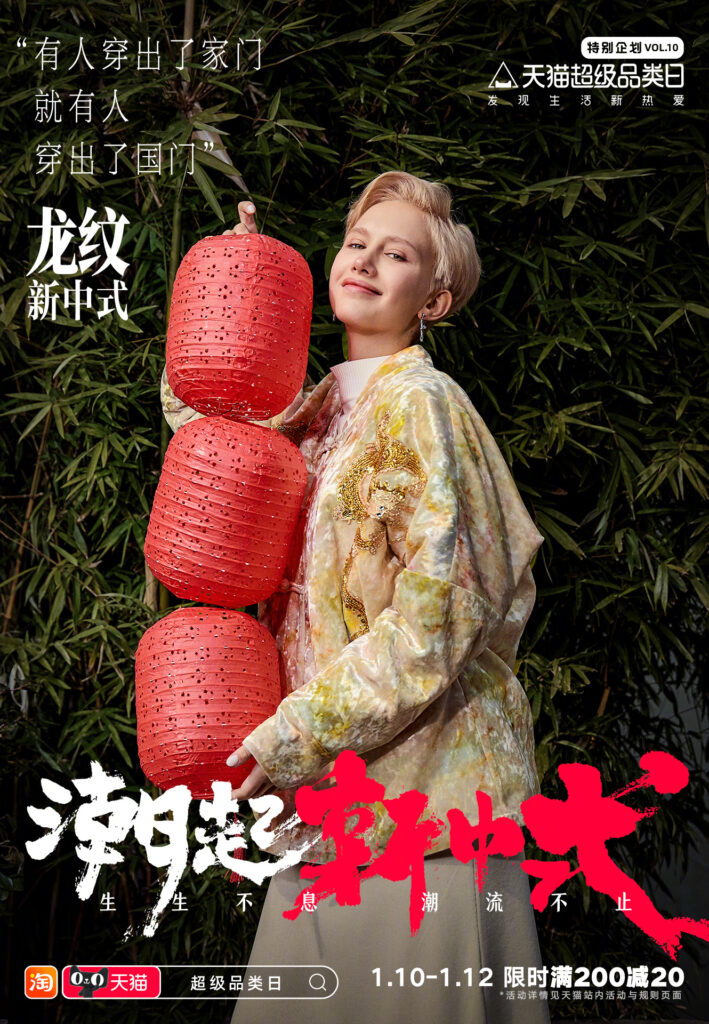
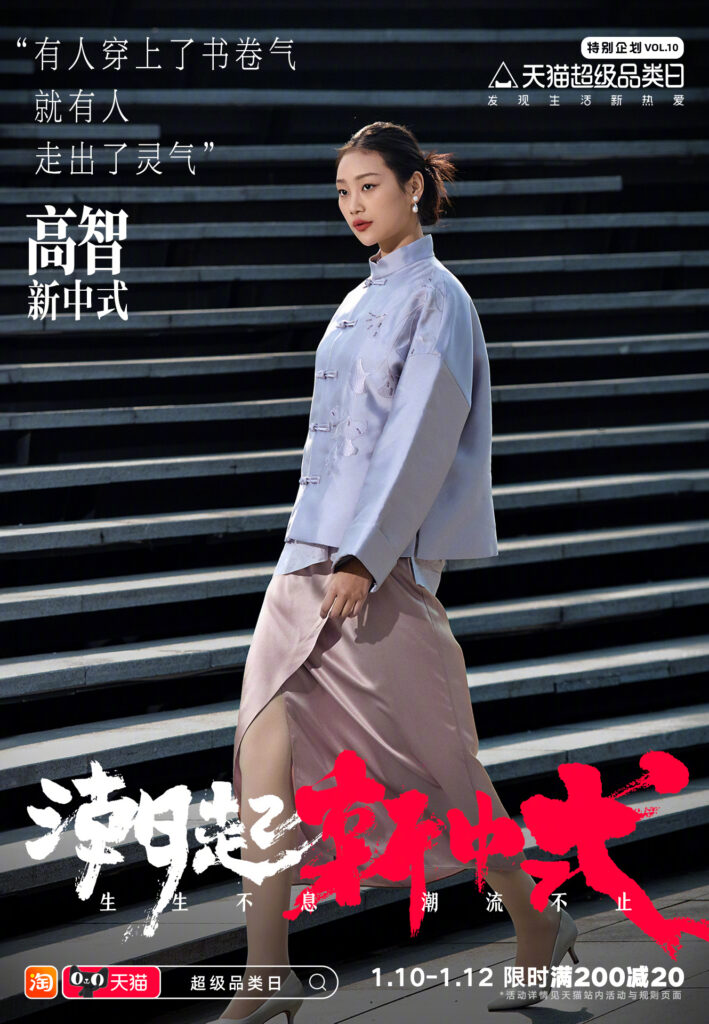
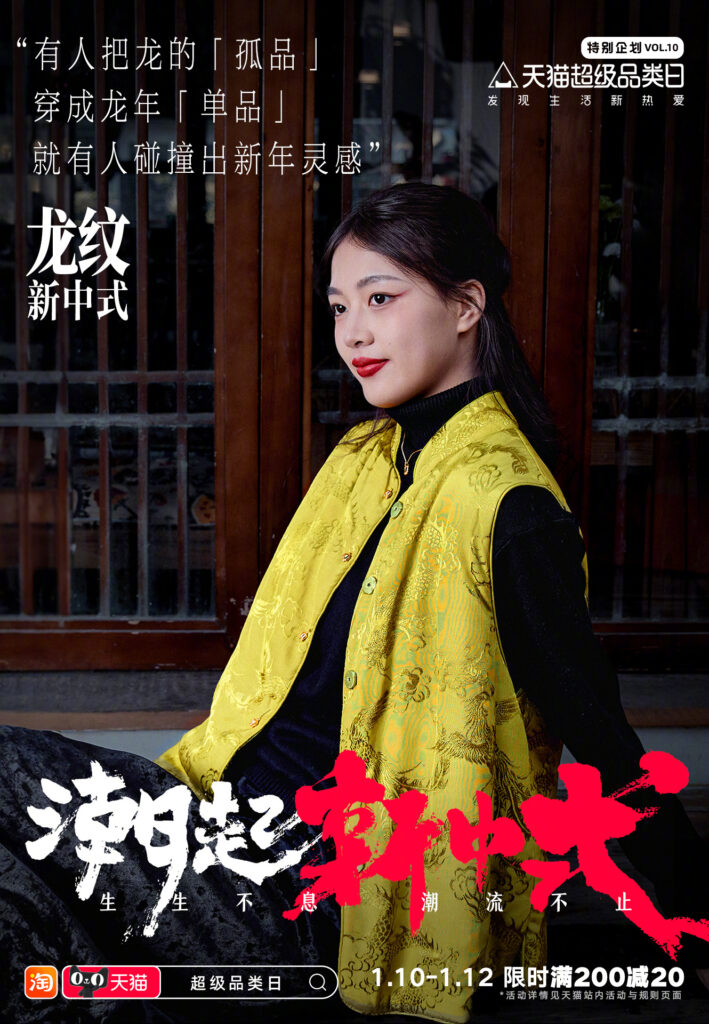
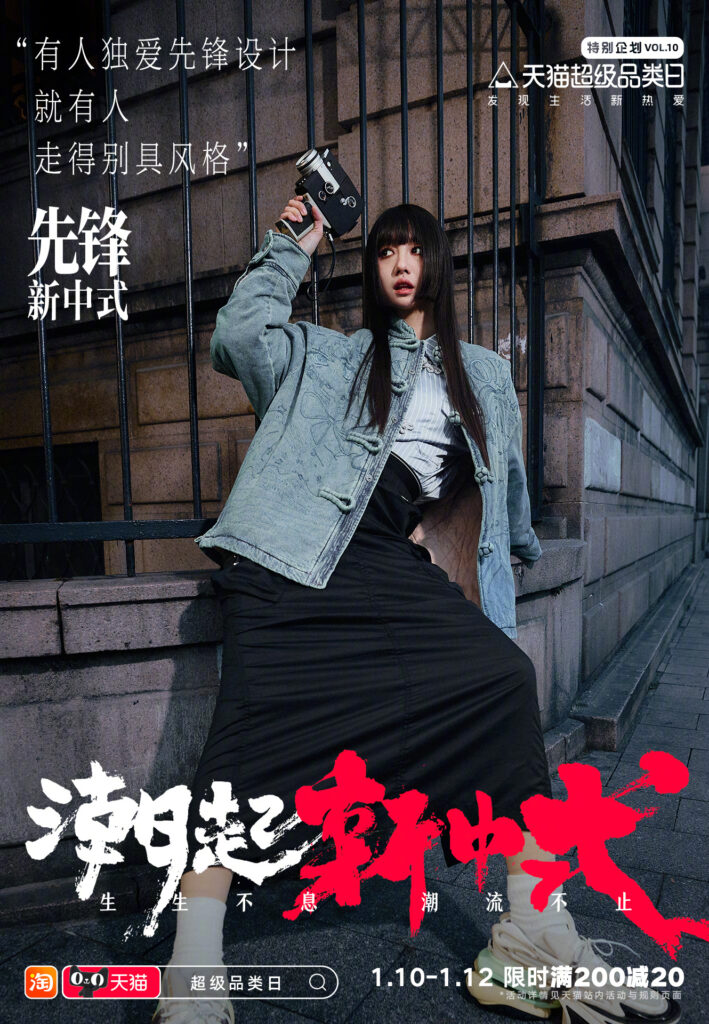
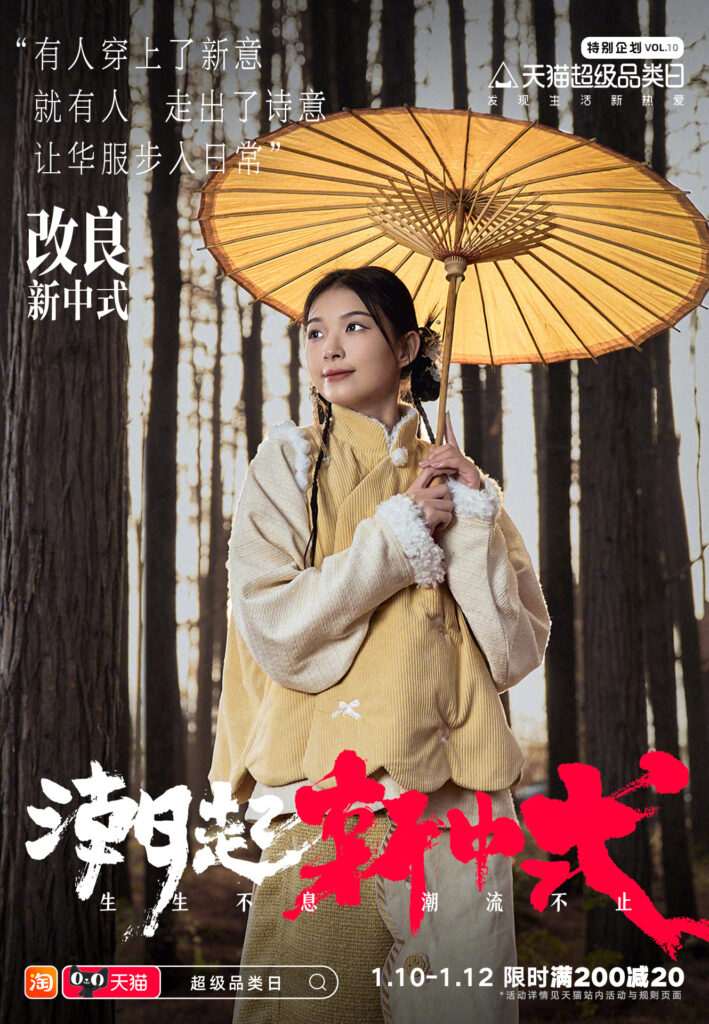
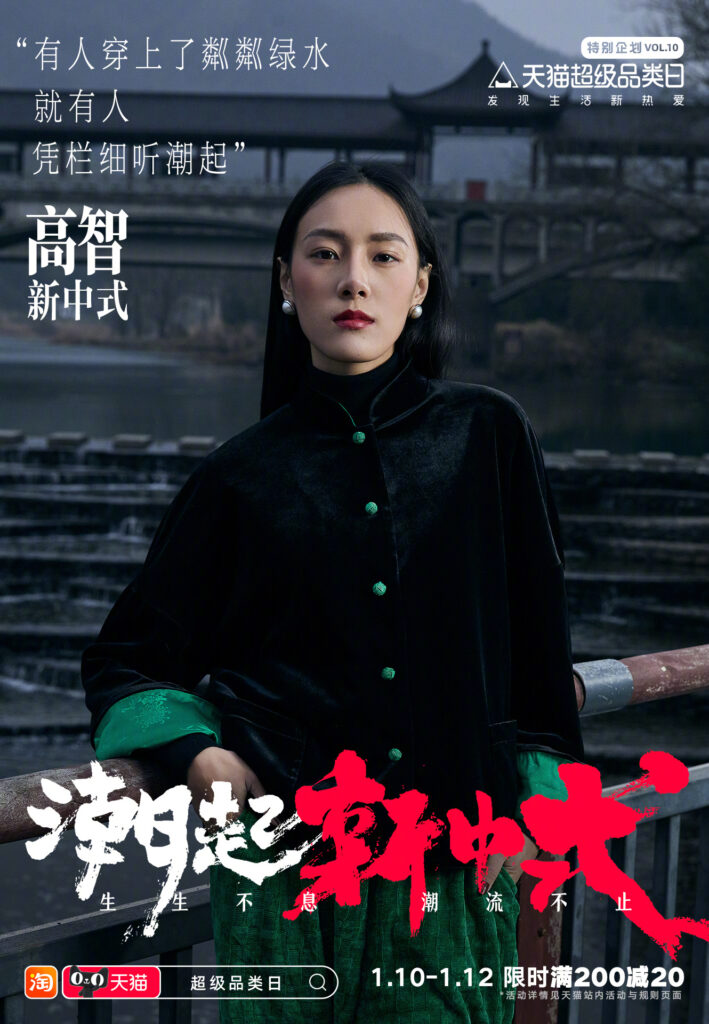
What’s more, each look was paired with one of China’s major museums, who were collaborating partners in the campaign: the Palace Museum in Beijing, Shaanxi History Museum in Xi’an, Dunhuang Research Academy, and Gansu Provincial Museum (the latter are both in Gansu). Campaign “host”, actress Song Yanhui, modelled her own interpretations of the looks in a video on social media, supplying inspiration for how to achieve all of the looks with a capsule wardrobe.
Besides providing outfit inspiration, the Classic, Intellectual, Avant-garde and Dragon demonstrate that this is a trend for all situations, all moods, and all types of fashion lovers. This gets to the heart of what makes New Chinese Style so fun for consumers – there is no strict notion of the kind of woman that wears it and there are no rules about what the outcome should be.
Enter the Dragon
While New Chinese Style fashion is not bound to any one time of year, there is never a better time to promote the trend than Chinese New Year, a festival that at its core is about return – a return to one’s family, a return to one’s roots, and a return to the beginning of the lunar calendar.
At the same, it is also often a time when young people, especially women, feel societal pressures the most. Upon their return home, they may meet a barrage of questions from inquisitive relatives about their plans for marriage and raising children and they may squeeze themselves into personas that don’t feel quite authentic.
New Chinese style is about honouring tradition while embracing individuality. As Spring Festival approaches, then, promoting New Chinese Style is a way for Tmall to inspire the younger generation to embody tradition in whatever way speaks to them, and return to themselves at the same time as returning to their roots.





